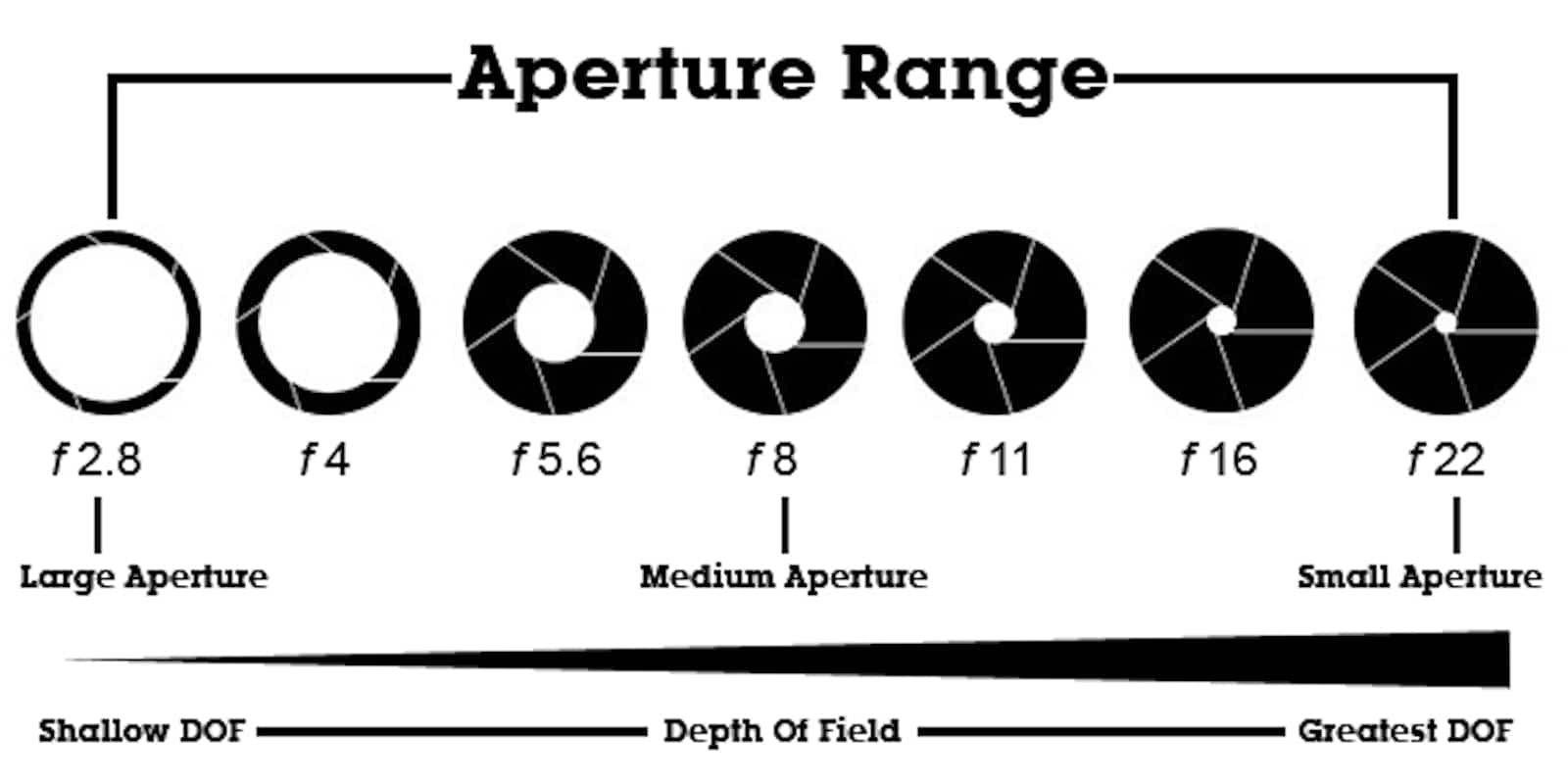

Landscape and architecture photographers prefer small apertures to simultaneously focus both foreground and background elements. So, it is ideal for shallow focus portraits.Įxample for low f/stop – f/2 Aperture for Landscape & Architecture Photography Larger apertures will capture an image of proper brightness in darker environments and result in large amounts of background blur. Wide apertures keep the subject as the center of interest for the viewer and blur the distractive elements. Here are some of the guidelines for selecting aperture priority: Aperture for PortraitsĪll portrait photographers love wide apertures as it isolates their subject from the foreground and background. Also, it costs less than maximum apertures. But, for day-to-day photography, a smaller f-number is rarely needed. One of the significant benefits of prime lenses is that they have larger maximum apertures than zoom lenses.Īlmost all modern lenses will provide a minimum of f/16. Expensive zooms such as Nikon 24-70mm f/2.8 maintain a constant maximum aperture throughout their zoom range.In Nikon 18-55mm f/3.5-5.6 AF-P, the largest aperture will shift gradually from f/3.5 at the wide end to f/5.6 at the longer focal lengths.Maximum aperture will change when you zoom in and out with some zoom lenses. Due to its importance, the maximum aperture is added with a colon rather than a slash-for example, Nikon 50mm 1:1.4G. It allows more light and is more expensive. A lens with a maximum aperture of f1.4 or f1.8 is called a ‘fast’ lens.

This will give you an idea of how dark an environment can be to capture photographs. Maximum aperture is more important as you will know the utmost light your lens can gather. So small f-numbers represent large apertures, and large f-numbers represent small apertures.ĭepending on your lens specifications, there is a limit for how large or small aperture can change. f/3 and f/16 as a fraction would be 1/3 and 1/16, in which 1/3 is more prominent than 1/16. To remember it effortlessly, you can consider the f-number as a fraction. Large Aperture Vs Small Aperture Large Aperture


 0 kommentar(er)
0 kommentar(er)
